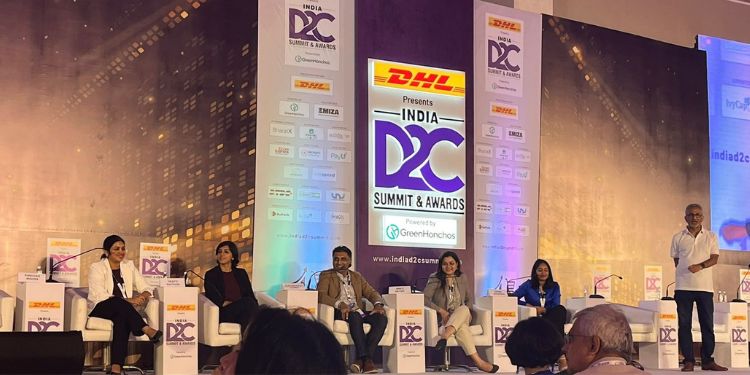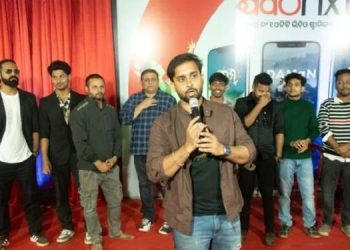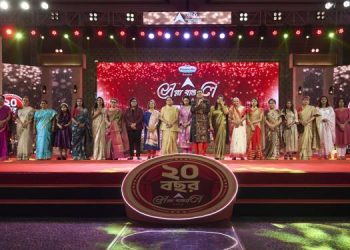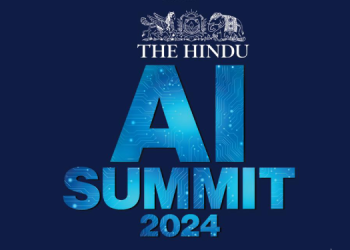Day one of India’s D2C Summit & Awards saw a panel on ‘Future of FMCG & Consumer Brands in Digital-First India’ discuss some of the breakthroughs happening in the FMCG sector, in the context of growing D2C and online consumption.
Moderated by retail pioneer BS Nagesh, Founder, TRRAIN, the panel featured Ashima Aggarwal, Ecommerce Business Head, Bajaj Consumer Care; Deepti Naithani, Director, D2C Business, Tata Consumer Products; Gurvinderjit Samra, CBO, Tata Cliq; Kanchan Mishra, Senior Director, Consumables (FMCG), General Merchandise & Home, Flipkart; and Swati Dayani, CTO, Cipla Health.
Nagesh opened the session inviting thoughts on the overall growth of the FMCG sector.

“FMCG overall has been growing in double digits quarter-on-quarter. What has led to this growth is quite interesting. Though there is inflation – it has been acting as a strong headwind for quite some time now. The change that has happened is that price growth has dropped quarter on quarter; so, say, a 10 pc or a 12 pc price growth that was happening in the industry has reduced to 6 pc, which in turn has resulted in increase of consumption which you see across ecommerce, retail,” noted Aggarwal.

Talking about factors leading to FMCG growth, Naithani said, “The way FMCG is growing today is more in terms of their attitude and perception, and accepting the role of smaller, customised businesses that had not been appreciated a few years ago because of distribution challenges. For the first time they have a like-to-like opportunity within the urban and the rural consumer. Another way FMCG is growing is that we are more open to technological changes which may not necessarily have a large impact in terms of money, but it could give you more innovation (which is a push for the D2C side). With more and more products coming in, it’s forcing you to look at technology in a different way.”
Referring to urban and rural businesses, Nagesh spoke about how health and wellness as a category was behaving when compared with FMCG.

Cipla’s Dayani responded, “I will segment the difference between healthcare and FMCG into three aspects. One is just the pure product that consumers want. From healthcare, they seek a very high level of trust when it comes to product quality and efficacy, because it is something that you are putting inside your body. The level of involvement and the level of trust expected from healthcare is very high. I think consumers seek more preventive health on D2C. Also, when we are talking about healthcare in D2C, we need to talk about probably coaching consumers, educating them, making them understand that it will take time and be with them in the journey.”
Dayani noted that in terms of consumer profile, there is no difference in rural and urban markets and there are pockets of affluence in rural India as well.
Mishra touched upon the overlap of D2C and e-commerce and the many India’s they address.

“For us it’s defined as brands that are going direct to consumers through online-first, which means they are hinging on a lot of data insights that the internet offers and building products in the right spaces. The way we see India is many India’s – there are four or five Indias that we know. There is an India that behaves like the USA where the number of products that we consume is comparable to developed markets like the US and Japan. There is a bottom of the pyramid where the number of products that they consume is very limited to their essentials,” she remarked.
The discussion then moved to consumer behavior in terms of location and channel.

Samra revealed, “Luxury customers are fairly fragmented and spread throughout. Our luxury orders (Tata Cliq Luxury) from tier-2 and 3 are 60 pc and from tier 1 and metros is 40 pc, which is exactly the other way round on the main (Tata Cliq) app. We get orders of expensive items easily from unheard places. And surprisingly, tier 2 and 3 town customers don’t return as much as customers in metros and tier 1.”
It was observed that in a market with a lot of access and choices, it becomes difficult to build trust.
During the course of the discussion, both Samra and Misra emphasised the importance of feedback and data insights for building a brand.
Dayani shared a formula for trust-building between the brand and the consumer.
“There is an equation that I will lay out. There is reliability (R), credibility (C), intimacy (I); multiply these three and divide it by self-orientation. ‘C’ stands for doing what you say you are going to do. ‘R’ for doing it over and over again and ‘I’ stands for having a personal connection with the consumer, which is an advantage that D2C has,” she said.
Feedback: [email protected]

















